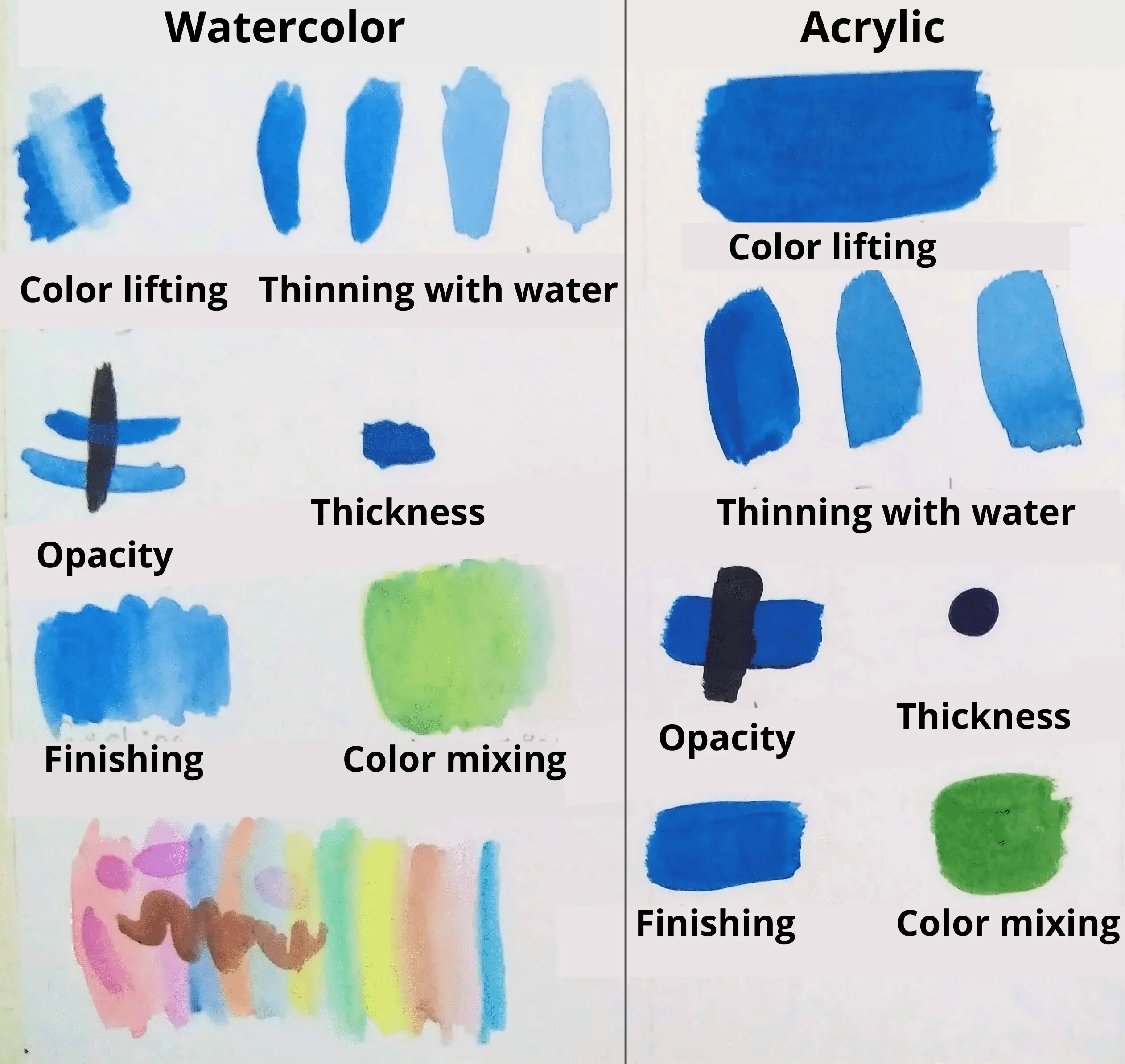Choosing an art medium can be pretty challenging especially when you are a beginner. You might have heard about watercolor and acrylic paints are best for beginners to experts. But which paint is best for you, is it watercolor or acrylic paint?
Acrylic paint is best for beginners because acrylic painting techniques are easy to learn and inexpensive to get started. But if you like the look of watercolor which cannot be achieved with other mediums and you are willing to spend more time learning watercolor painting, then it is the best medium for you.
When choosing the right medium for you, knowing their main aspects and differences is important. This way you can choose the best medium for you very easily.
I have written a whole article comparing all the water-based paints to acrylic paint. You can find a detailed comparison of each water-based paint and acrylic paint including a nice summary with a handy chart.
Acrylic paint vs. watercolor paint
Both acrylic paint and watercolor paint are used by beginners to expert artists. But is acrylic paint the same as watercolor paint?
Although acrylic paint and watercolors have some similarities, they are not the same. Acrylic paint is plastic-based while watercolor is water-based. Most of the time acrylic paintings are opaque while watercolor paintings are very transparent which gives their unique look. Both are soluble in water.
Below I have included a chart that compares the different properties of watercolor paint and acrylic paint.
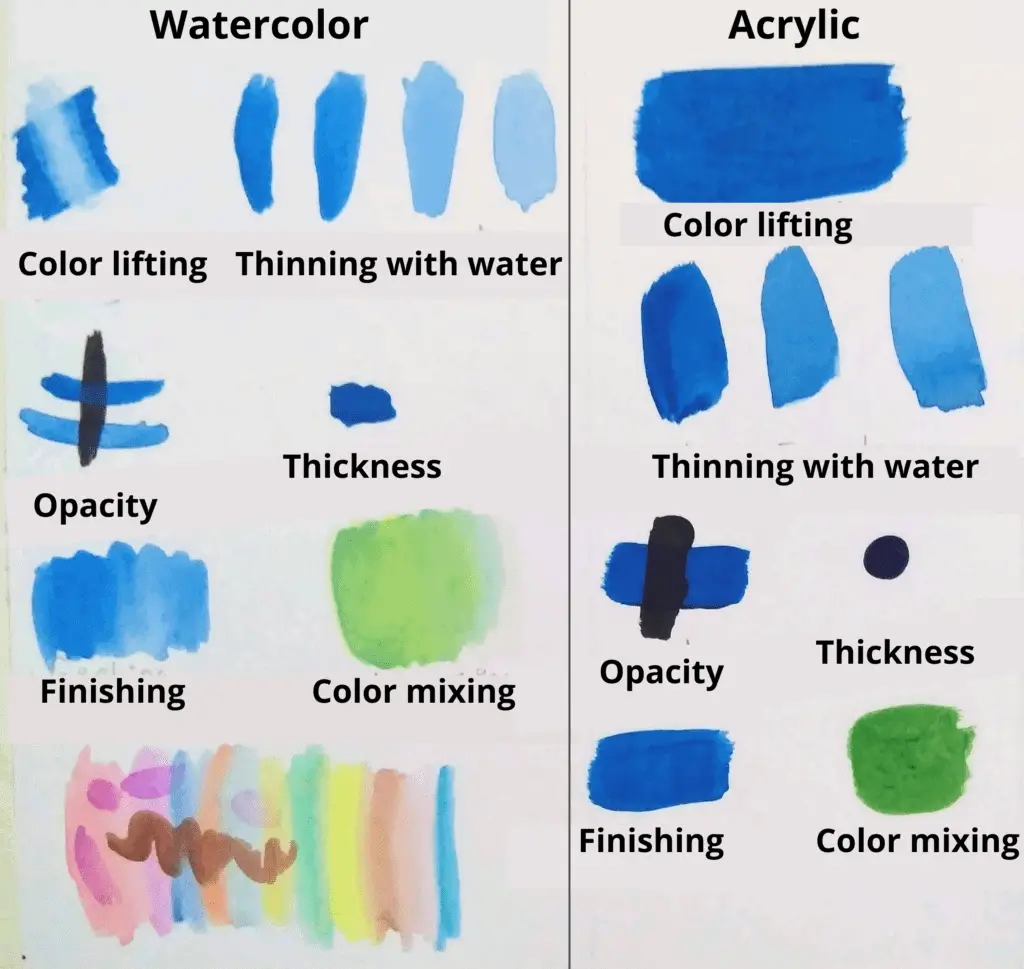
There are similarities between acrylic paint and watercolor paint such as being water-based. Also, they are completely different in some cases such as being water-soluble or water-resistant after drying. Below I have included a handy table with the differences between acrylic paint and watercolor paint.
| Aspect | Watercolor paint | Acrylic paint |
| Application | Watery application, need to work with more water and with little pigment | Smooth application with a little or no water |
| Binders | Natural gum arabic or synthetic glycol | Water-resistant acrylic polymer binder which is plastic |
| Pigments | Finely ground pigments which can spread finely on the paper | High-quality rare pigments, with high concentrations depending on the paint quality, can be toxic if ingested (eg: cadmium) |
| Usage | Used by beginner to professional artists for displaying purposes | Used by beginner to professional artists for displaying purposes |
| Coverage or opacity | Very translucent. Use to stain the paper rather than cover it. Low-quality watercolors can be chalky and opaque | Artist-quality acrylic is more opaque and covers the colors underneath well. Opacity changes with pigments used. |
| Price | Expensive to get started as the paint and watercolor paper can be expensive. Same price to get started. | Expensive to get started due to more paint and accessories required. Same price to get started. |
| Color lifting | Colors can be reactivated with water and lifted with tissue paper even after drying | Colors do not lift. They are permanent after drying |
| Color mixing | Excellent color mixing ability. a wide range of transparent and vibrant colors can be obtained | Excellent color mixing ability, a wide range of vivid and vibrant colors can be obtained |
| Drying qualities | Dries within 15 minutes into a transparent nonpermanent and vibrant paint layer | Dries within 15 minutes into an opaque permanent paint layer |
| Layering | Can build up transparent layers from light to dark colors quickly | Can build up to opaque layers from dark to light colors quickly |
| Texture and consistency | Same consistency and texture. There are fewer medium choices which does not offer much difference in painting | Same consistency and texture. Texture and consistency can be changed using mediums |
| Finishing | Transparent matte finishing. Can be textured | Opaque satin or slightly glossy finishing |
| Lightfastness | Lightfast high-quality pigments that are nonpermanent on paper | Lightfast high-quality pigments that are permanent |
| Painting surface | Watercolor papers and watercolor blocks. | Most surfaces like canvas, wood, plastic metal, and glass |
| Paint thinning | Can be thinned using water and watercolor mediums such as gum arabic | Can be thinned using water and acrylic mediums |
| Accessibility | Available in most art stores. Fewer things are needed to get started. Available in tubes, pans, and liquids and have different consistencies | Available in most art stores but more things are required to get started. |
Detailed comparison of acrylic paint and watercolor paint
Below I will compare each property and aspect of acrylic paint and watercolor paint in detail. It will help you to get a better understanding of your paint mediums.
Application
The watercolor application feels more thin and watery. Because watercolors are all about blending water with a little pigment. Watercolors will stain the paper rather than cover it.
Acrylic paint on the other hand has a smooth and thick paint application when applied with some water. It can also be applied with a dry brush to create dry brush techniques. You can change acrylic paint application by mixing it with acrylic mediums.
As an example, if you mix acrylic paint with acrylic gel medium, the paint application will be very thick. Also if mixed with textured pastes, the paint application will be textured. If you want to apply very thin layers of paint, mix with glazing medium, acrylic matte medium, and acrylic gloss medium.
Pigment
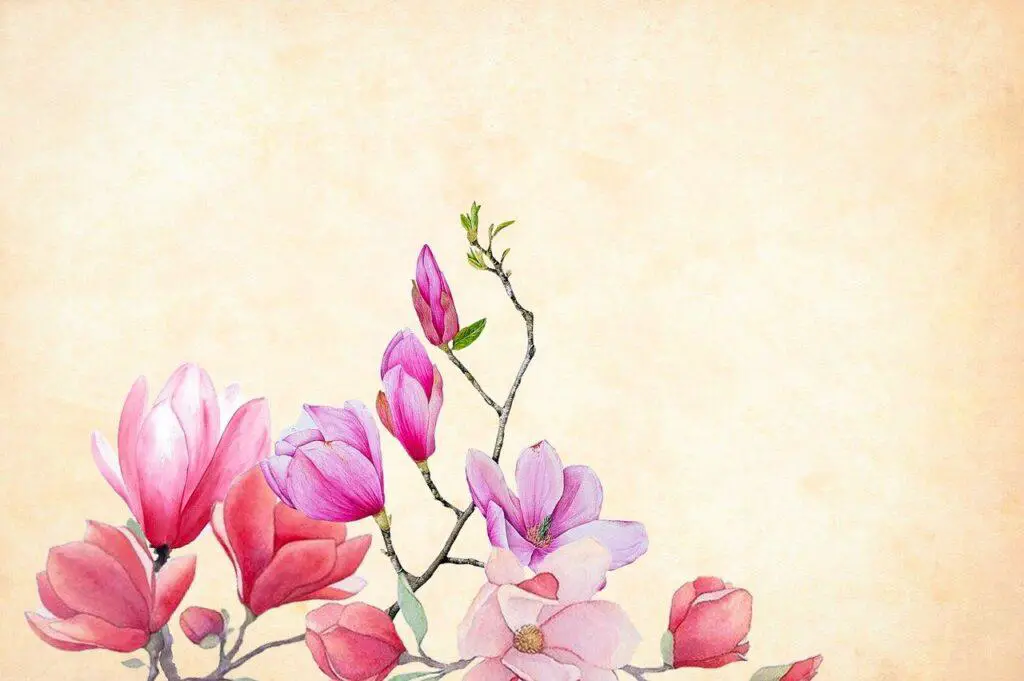

Watercolor paints have high-quality finely ground pigments, so they can spread evenly on the paper. The pigments dry into vibrant color. Watercolor binders such as gum arabic bind pigments onto the paper.
Acrylic paint on the other hand has high-quality finely ground pigments which pack together on the painting surface with the help of an acrylic polymer binder. Acrylic colors are vibrant. But you can get muted colors or mix pigments to achieve whatever color you want.
Both acrylic paint and watercolor paint can be bought with high-quality pigments and low-quality pigments. Usually craft quality or student-grade acrylic and watercolors have low-quality pigments in fewer concentrations. Artist-grade or professional acrylic and watercolor paints have high-quality pigments in high concentrations.
I wrote a whole article about why your acrylic paint does not cover well. You can find how your acrylic paint covers the paint layer underneath and why the acrylic paint is not covering well.
Binders
In general, watercolors use gum arabic or synthetic glycol binders as the binders. Binders help to bind the pigments together in a paint film as well as bind them onto the painting surface. Watercolor binders are water-soluble. Meaning even after drying, paint can be reactivated with water.
Acrylic paint uses acrylic polymer binders. Acrylic paint is made by emulsifying water and pigments in the acrylic polymer. Acrylic polymer or plastic is not water-soluble. But as acrylic paint is water-based it can be dissolved in water.
After applying to a surface, water escapes from the paint film, either by absorbing into the surface or evaporating. The acrylic polymer in the paint is compact and traps pigments in a honeycomb shape. It then dries into a water-resistant plastic film.
Usage
Both watercolor paintings and acrylic paintings are used for display purposes. Both watercolor and acrylic paints are used by beginner to professional artists. Watercolor paints have a long history. It was invented by William Reeves in 1780. However, water-based acrylic paint is a recent invention of 1956.
Ever since these paints were invented they were used by artists according to their preferences. Watercolor paints have a very unique transparent properties which can’t be obtained from another medium. But it is harder to learn watercolor painting and control your watercolor paint.
On the other hand acrylic paint is more beginner-friendly. It is easy to learn acrylic painting techniques. But acrylic paint is used by professional artists to display their art on canvases. It is the best medium for abstract paintings.
Coverage or opacity
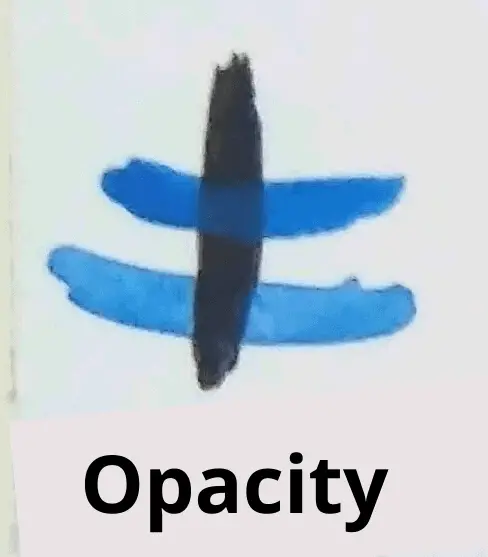
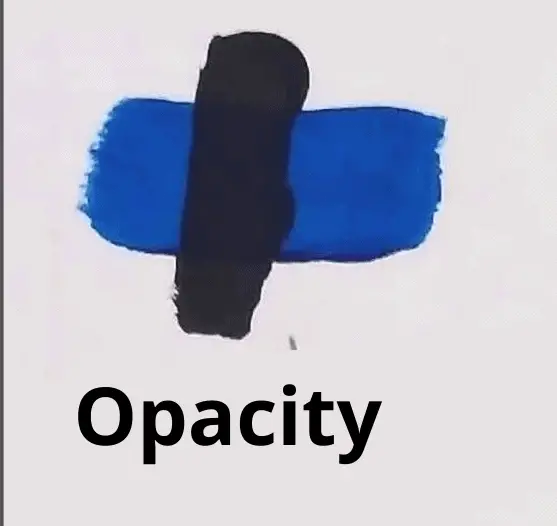
Watercolor paint can be either transparent or opaque according to the thickness of the paint application. However watercolor paints are used for their transparent nature. Low-quality watercolor paint can have fillers that cause paint to be opaque and chalky.
Acrylic paints are mostly opaque. You can make acrylic paint transparent yourself by mixing it with water or with acrylic mediums. Buying transparent acrylic paint is a waste of money. You can find more about transparent acrylic paints from the following link to the article: 8 Easy ways how to make acrylic paint transparent
Some pigments are naturally transparent. If you use acrylic paint with these pigments, the result will be transparent acrylics. In other cases, low-quality acrylic paint has more fillers and less pigment concentration. Therefore the paint will look transparent.
If you want more coverage with acrylics, it is best to buy artist-grade acrylics. Following is a link to the best acrylic paint deal at Blick Art: Liquitex Professional Heavy Body Acrylic Paints and Sets. If you want more transparency with watercolor buys a professional watercolor set. Following is a link to the best deal for professional watercolor set at Blick Art: Winsor & Newton Professional Watercolor – Travel Tin, Set of 12
Drying qualities
In general, watercolor dries on paper and canvas within 15 minutes or less. However, drying time can be increased with high humidity and thicker paint application. Drying watercolor layers properly is crucial in layering. This process can be sped up with hot air from a hair drier.
In general acrylic paint dries within 10 to 20 minutes. It takes almost the same time as watercolor paint to dry. Quick-drying time is sometimes a caveat of using acrylics. In these cases use acrylic paint retarder or acrylic paint that has more open time. One of the best choices is Golden Open Acrylic Paints (link to view on Blick Art)
Color lifting
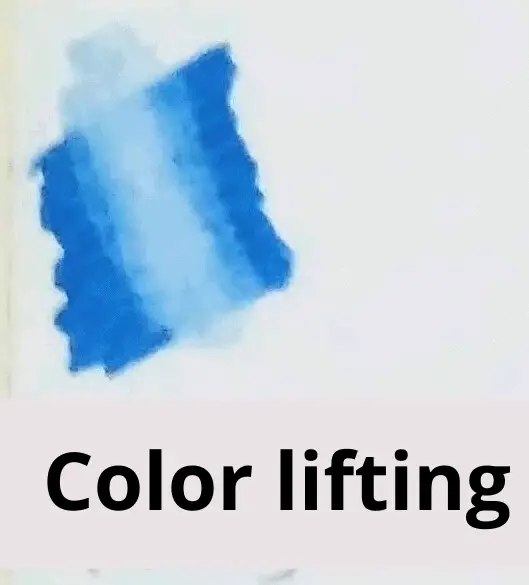
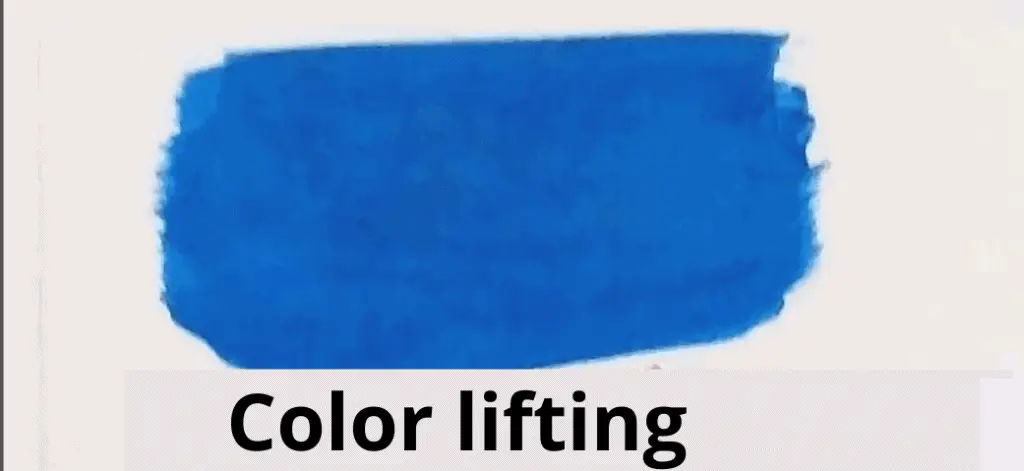
Color lifting is a useful technique in watercolor to remove paint from paper or create special effects. Color lifting can be done by mixing water on paper with your brush and blotting the paint with tissue paper. Paint will be lifted onto the tissue paper.
Although it is easier to lift watercolor, it is not the best way to cover any mistakes as it can lift all the layers of colors in an area. However different transparent effects can be created with color lifting. The ability to lift watercolor depends on the quality of paint and pigments you use.
Acrylic paints dry into a water-resistant permanent paint layer after drying. Meaning acrylic paint cannot be lifted after drying. However, you can easily lift acrylic paint while still wet in the same ways as watercolor paint. This way you can correct painting mistakes easily.
Texture and consistency
Both acrylic paint and watercolors have the same consistency. However, this depends on the type of watercolor or acrylic paint you are using. Watercolor can be bought in different consistencies such as watercolor cakes which are solid, liquid watercolor, and watercolor tubes which are like heavy body acrylics.
In the following images, you can see the thickness of watercolor cakes and heavy body acrylic paint.
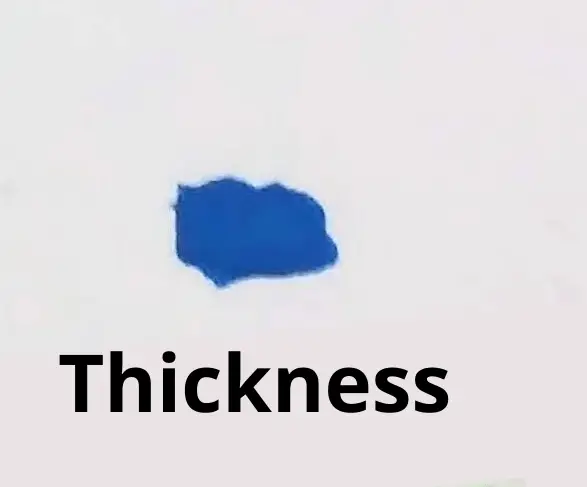

Watercolor paint does not need to be thick as it is applied in very thin layers. But thick acrylic paints can always help with coverage and layering colors.
Acrylic paints can be bought in different consistencies such as heavy body, soft body, and liquid acrylics. Acrylics mostly have a buttery consistency while watercolor has a more chalky but very thin watery application.
As mentioned before acrylic paint’s consistency can be changed by mixing it with acrylic mediums. Thick consistency can be achieved by acrylic gel mediums. More transparent layers can be achieved with acrylic glazes, matte medium, and gel mediums.
Watercolors also have mediums but they do not necessarily change the consistency of paint. One of the useful watercolor mediums is gum rabic. It can help with flawless, even paint application. In general, water as a medium is enough for watercolors.
Finishing
Watercolor paintings have a very transparent and slightly chalky and even finishing to them. Mostly low-quality watercolors can be chalky due to their fillers.
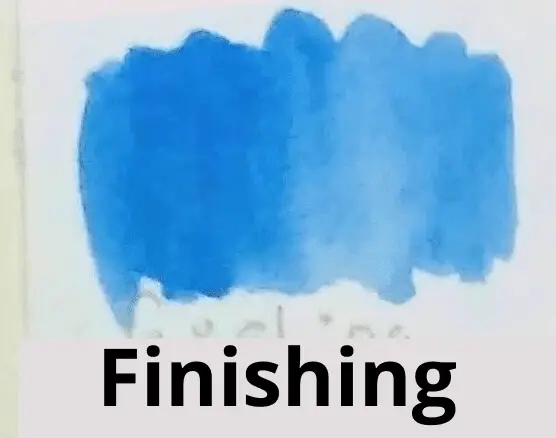
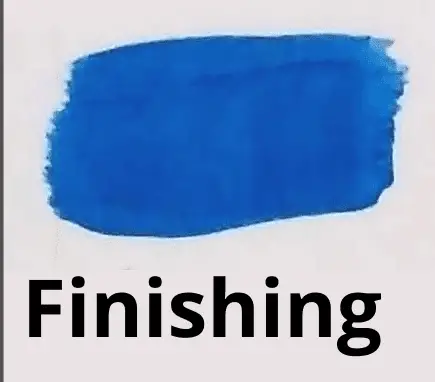
Acrylic paint has a statin or slightly glossy finishing. But you can always manipulate the finishing with acrylic mediums such as matte medium and gloss mediums. The sealant or varnish used on the finished acrylic painting can also change the finishing.
If you use an acrylic gloss varnish, you will have a glossy finishing and acrylic matte varnish gives a matte finishing. Finishing can be very thick and 3D looking according to the painting technique used, such as impasto.
Lightfastness
Lightfastness refers to how well a painting can stay unchanged and not fade in exposure to sunlight. The lightfastness is usually indicated on the label. Both high-quality watercolor and acrylic paint have lightfast pigments.
Lightfastness is rated from 1 to 4, 1 being the best lightfastness and 4 being the worst. Winsor and Newton use a different lightfastness scale. They use AA to indicate extreme lightfastness and permanency while C is the worst.
In general, watercolors that use dyes in their paint are not lightfast meaning they are fugitive. Earth pigments (gemstones and minerals) or natural pigments are very lightfast. Typically blue pigments are lightfast and pink and violet pigments are not in watercolor paints.
As watercolor paint, you can buy lightfast acrylic paint in artist-grade acrylic. You can check the lightfastness rating on the label. If lightfastness is not indicated on the tube, usually in the case of craft quality paint they may not be lightfast. Always make sure to buy lightfast artist-grade acrylic paints.
Paint thinning
The main thinning medium of watercolor is water. Watercolor is about learning how to blend water with pigments. Only in some cases, you can use watercolor mediums such as gum arabic to thin watercolor paints. It will ensure an even paint application with fine quality.
When thinning watercolor paint, you can obtain more transparent paint layers. Below I have included images of thinning both watercolors and acrylic paint with water.
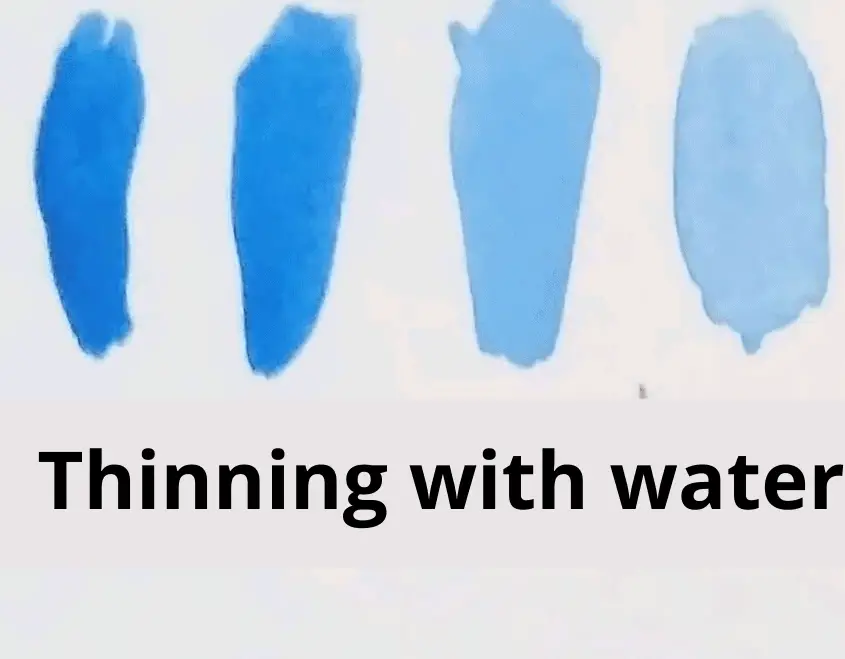
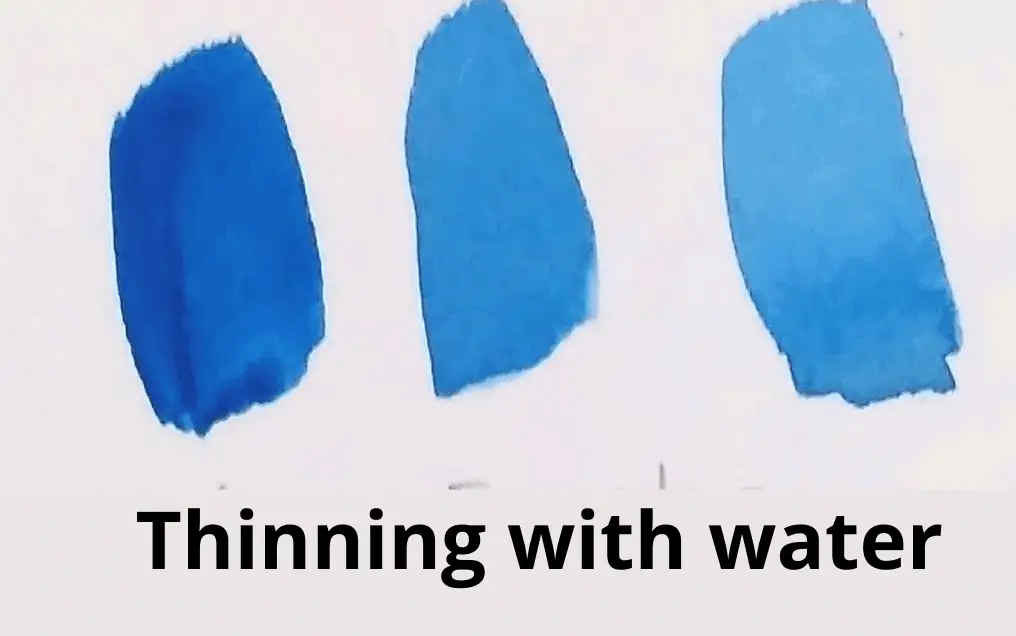
Acrylic paint can be thinned in many ways. The most convenient and free way to thin acrylic paint is with water. You can use acrylic mediums like matte medium and gel mediums to thin acrylic paint as well. Acrylic paint gives a watercolor effect when thinned with more than 60% of water.
I wrote a whole article about thinning acrylic paint. You can find the best ways to thin acrylic paint and have answers to your burning questions related to thinning acrylic paint in the article.
Color mixing
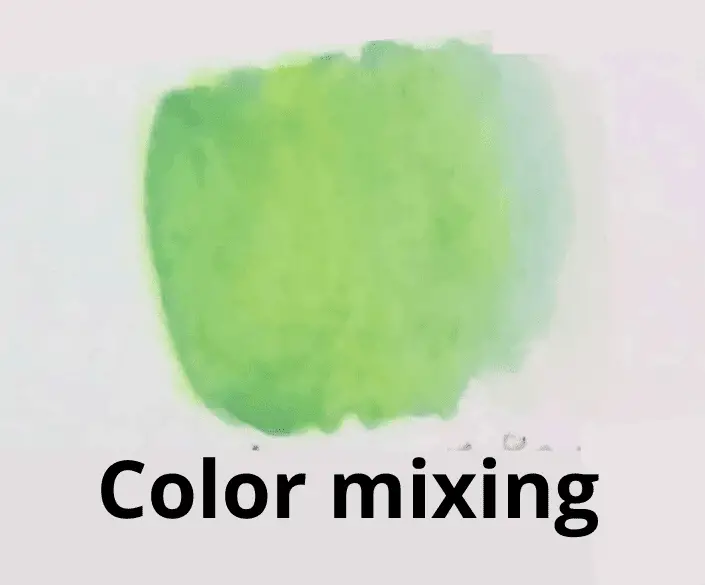
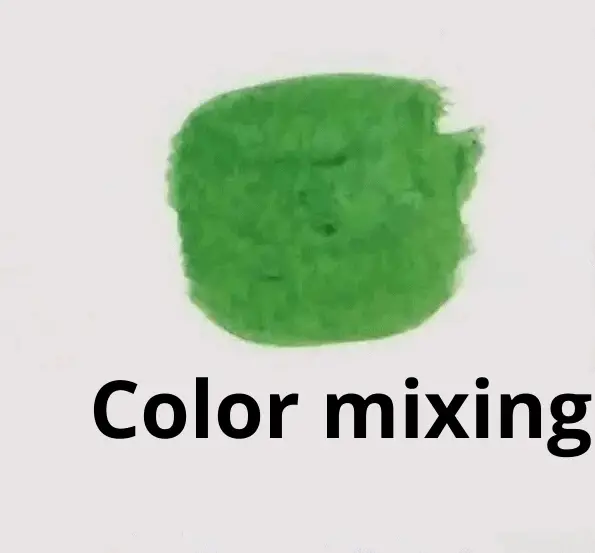
Both acrylic paint and watercolors can be mixed to get vibrant colors. They can be either mixed on palettes or paper or canvas. A flat surface palette is suitable for acrylic paint mixing while a palette with small containers will be best for watercolor paintings.
As watercolors can be reactivated you can leave the paint on the palette. But with acrylic paint, unless the surface is smooth and rigid like glass, do not leave paint on the palette, especially in the case of plastic palettes as acrylic paint dries permanently.
Following are links to one of the best watercolor palettes and acrylic paint palettes respectively on Blick Art: Eldajon Palette, Masterson Sta-Wet Premier Palette.
Painting surface
The best compatible painting surface for watercolor is paper. Most problems you experience in watercolor painting come down to the type of watercolor paper you are using. Because of that, it is crucial to get high-quality watercolor paper.
The watercolor block is very convenient and one of the best choices for watercolor painting. Following is a link to high-quality watercolor paper for the best deal on Blick Art: Arches Watercolor Blocks
Acrylic paint is a very versatile paint that can be used from paper to canvas to glass to metal. It can be painted on almost anything you can think of with proper surface preparation. However, the canvas is the most common way of painting with acrylics.
Accessibility
Watercolor paint is accessible in different forms such as watercolor cakes, pans, tubes, and liquids. Watercolor cakes or pans are best to use while traveling. Usually, watercolor pans come with a palette. So you do not need to carry many things.
Acrylic paint is also available in different forms. Their viscosities change from soft body acrylics to heavy-body acrylics, and fluid acrylics. Also, the consistency can be changed with mediums as mentioned before.
Both acrylic and watercolor paints can be bought in individual tubes. Also, only a little watercolor will be used to paint compared to thick acrylic paint layers.
Price
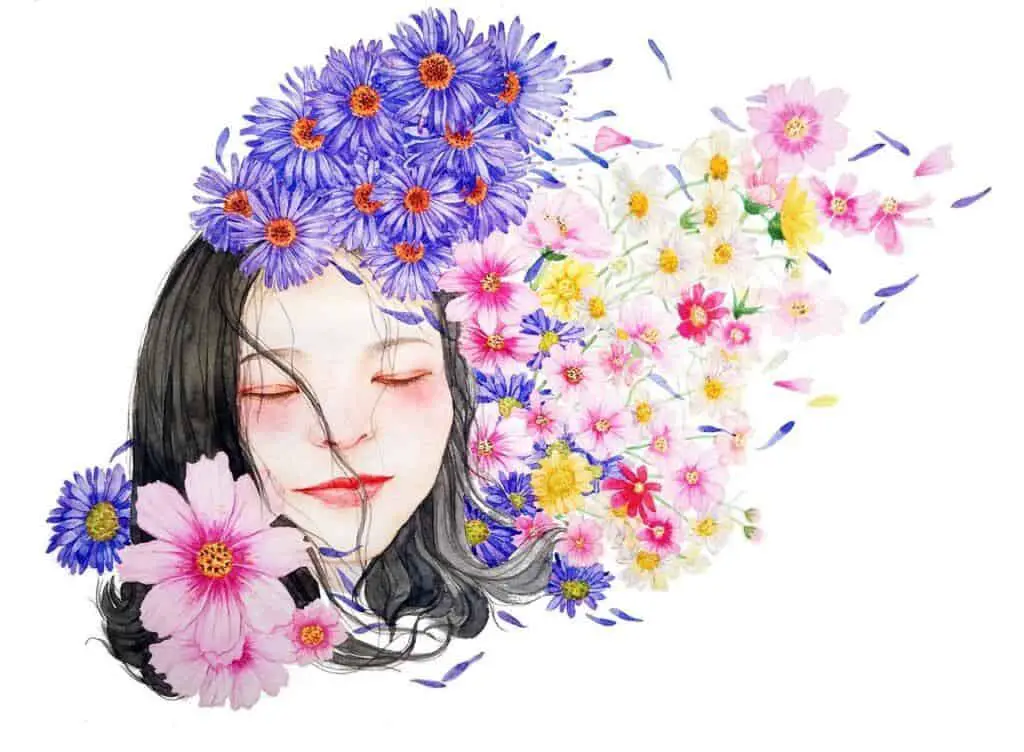
Watercolor paints and good quality watercolor paper are more expensive. But you can get started just with these and continue for a long time. You can get almost the same quality with student-grade watercolors if the professional watercolors are a bit on the pricy side.
Acrylic paints can be bought in a wide price spectrum. Usually, the cheaper paints are less in quality and have less coverage. Therefore investing in expensive artist-grade acrylic will be the best choice. Artist-grade acrylics can be used for a long time as a little goes a long way.
What’s the best paint for beginners?
The best paint medium for beginners is acrylic paint. Because it dries quickly within 15 minutes or less, techniques are easier to learn, affordable, and very forgiving when correcting mistakes. Watercolor painting techniques take more time to learn and will be discouraging for a beginner.
Acrylic painting is easier to learn than watercolor painting. With acrylic painting knowing about layering and color mixing is enough to get started. But with watercolors, you need to master a lot of techniques to get the hang of it. Mostly there are pleasant surprises with watercolor paintings.
If you want to know how to learn acrylic painting on your own, the following article will help: You can easily learn painting on your own: here is how
Final thoughts
Both watercolor and acrylic paint are used by beginner to professional artists to create amazing artwork. But for a beginner, it is easy and convenient to get started with acrylic painting. Because watercolor painting techniques are relatively harder to learn.
At the same time, watercolor is a very relaxing art medium, where its unique looks cannot be achieved by another medium. After all the best medium is what is the medium you like the best.
Watercolor and inks are often interchangeably used and misunderstood. If you like to know a detailed comparison between paint and ink read my article ‘Paint vs. ink: All questions answered‘.

